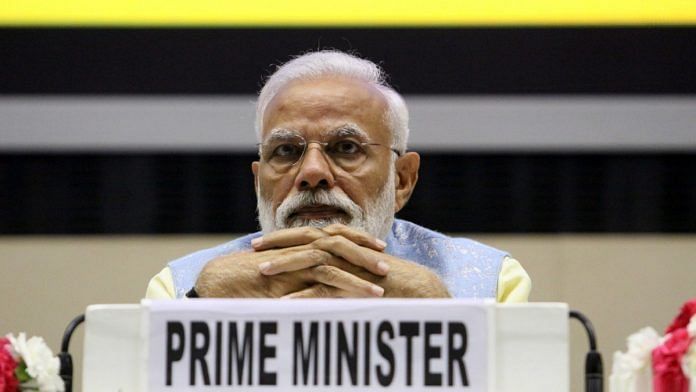This weekend, India’s Finance Minister Nirmala Sitharaman will present the national government’s budget — which has traditionally been more than a simple statement of accounts. The budget is also a statement of the government’s policy priorities over its financial year, which starts in April.
This year, India is in the middle of a slowdown in growth that has divided economists and worried politicians. Thus, even more is hoped for from the budget than normal. Sitharaman has spent months meeting interest groups and sectoral representatives, all of whom are hoping that the government is about to come to their rescue.
Indian governments have traditionally responded to slowdowns by opening the budgetary floodgates. After the financial crisis of 2008, the Indian government spent so much so quickly that the budget deficit jumped from under 3% in 2008 to almost 7% of GDP two years later.
Doing that today would not be wise, for two reasons. First, there is more than enough recent evidence in India that any expansion of government spending is pretty hard to withdraw. If left in place, such a stimulus renders the government and the economy vulnerable to external shocks. That is what happened in 2013, when the “taper tantrum” sent Indian macroeconomic indicators tumbling, alongside the then-Indian government’s reputation for sound economic management. Sitharaman and Prime Minister Narendra Modi should not repeat their predecessors’ mistakes.
The other problem is that, unlike in the past, India’s public finances are not as sound as they appear. In recent years, the government has embraced methods of raising money that don’t show up on the budget. For example, it uses public sector companies to borrow on the open market; the companies then spend on government policy priorities. The official fiscal deficit understates the degree to which the government is actually spending beyond its means. Even the bureaucrat who wrote last year’s budget agrees that the fiscal deficit was about 4.7% of GDP. It might even be over 5%.
There really isn’t any room for a flood of more spending, given that the government is struggling to raise enough revenue from taxation. Even maintaining spending at current levels would pressure the deficit. Nominal GDP growth is at 7.5% for 2019-20; the government had based its revenue and expenditure estimates on a target of 12%.
The worry is that the government will simply ignore the fiscal numbers and decide on a spending blowout anyway. Some might think that is the only reasonable response to a slowdown — surely the government must step in and support the economy? But that is a misdiagnosis of what has gone wrong with the Indian economy. It is not a cyclical downturn, which can be corrected by propping up aggregate demand. Severe structural factors are at work. India’s potential growth itself has come down, lowered by chronic overcapacity and an unwillingness and inability on the part of the private sector to invest. India’s central bank pointed out last year that private sector capital expenditure had shrunk for seven successive years.
This is the problem that the government’s budget needs to address—and the only criterion by which it should be judged. But this would mean that the public sector would have to borrow less. Taken together, the federal government, India’s states, and state-controlled companies borrow about 9-10% of GDP every year — which means they are consuming almost all of India’s household financial savings. There’s nothing left over for the private sector to drive growth with.
The government will have to show considerable political courage if it is to revive growth. If it accepts this is not a simple business-cycle slowdown, then it will also have to accept that its own economic management has not been satisfactory. It cannot blame the growth crisis on any external factors — there is no global financial crisis, for instance. Its own actions, from the ill-fated decision to withdraw 86% of India’s currency onwards, must be held responsible. It has sought to dominate the Indian economy, isolate it from world trade, and intimidate private capital.
This trend is what must be corrected. Loose fiscal policy cannot reverse this damage; more spending will only make it worse.
Also read: These are the 5 key factors to watch in Nirmala Sitharaman’s second Budget tomorrow



